Home Safety
Each year, over 300,000 accidents occur in homes. Even small actions can improve home safety and prevent accidents. It is also a good idea to have a first aid kit in every home.
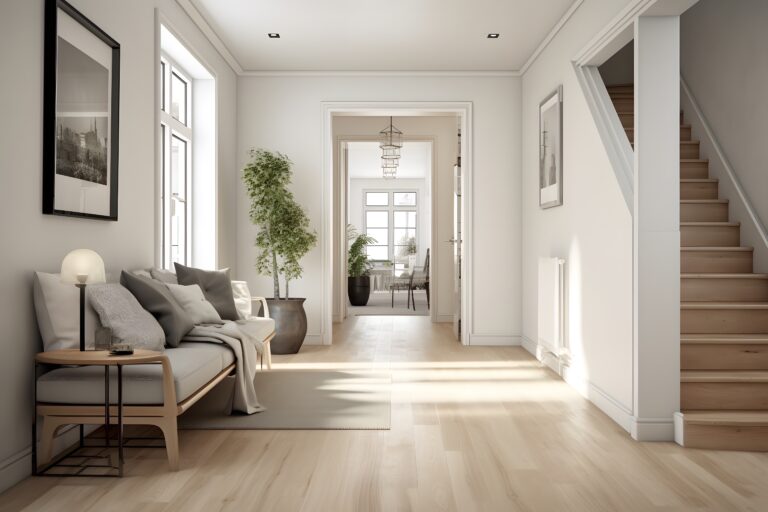
-
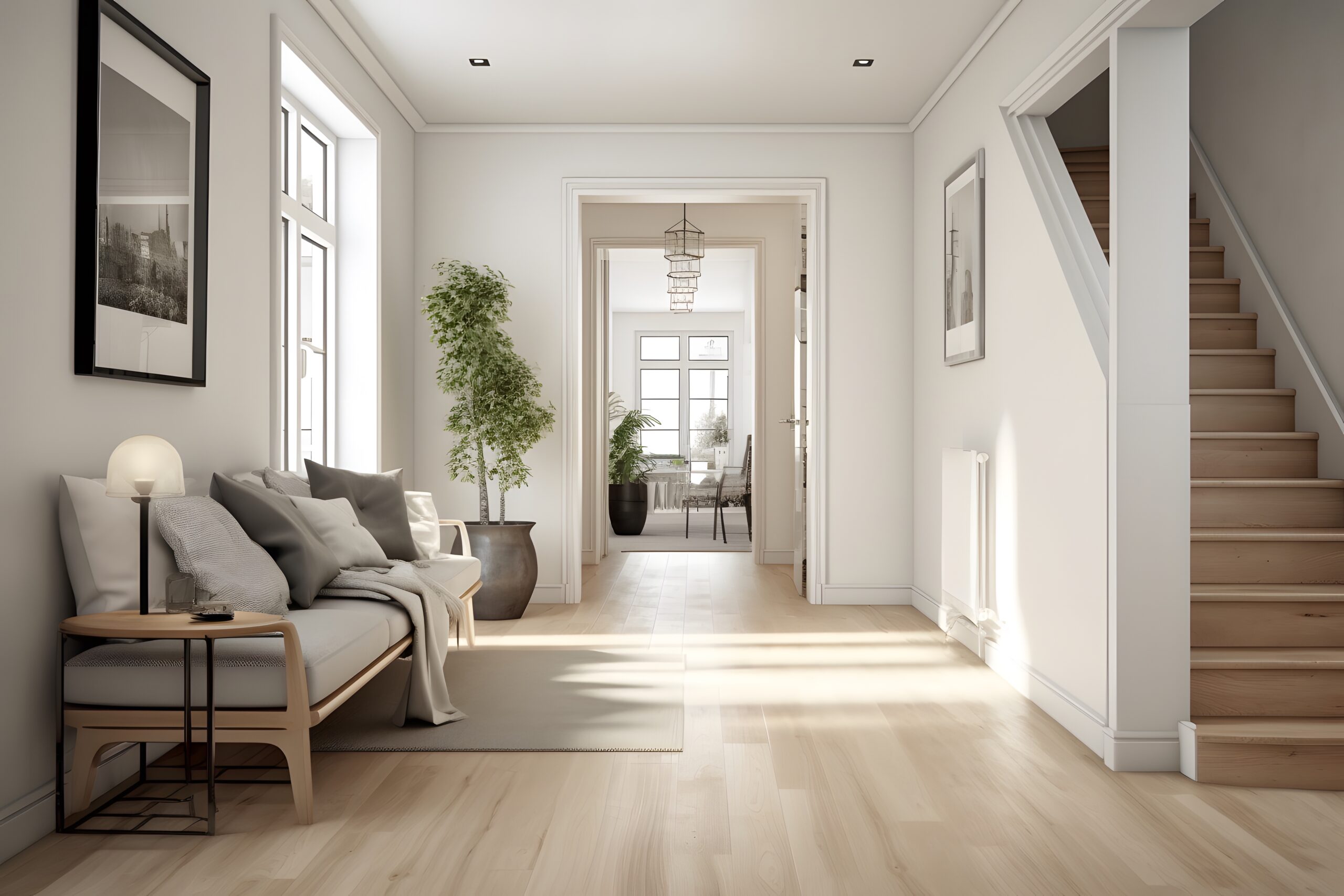
Entrance, stairs, balconies and windows
Hallways and passageways should not be cluttered with items that could obstruct evacuation in an emergency.
-
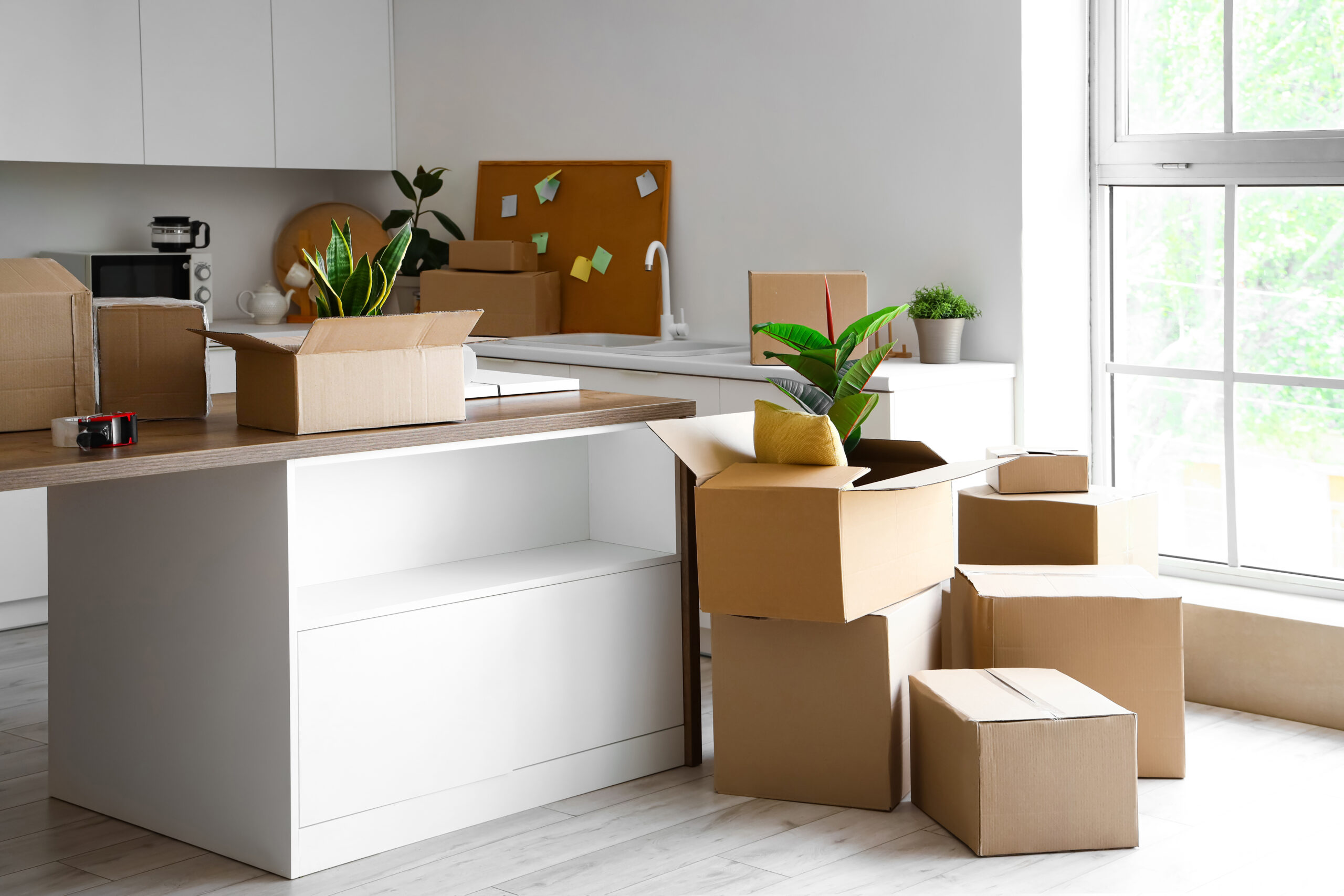
Kitchen
The kitchen is one of the most dangerous areas in the home from the perspective of accidents. The risk of accidents can be reduced by paying attention to fire safety, the storage of kitchen utensils, and the kitchen furnishings.
-
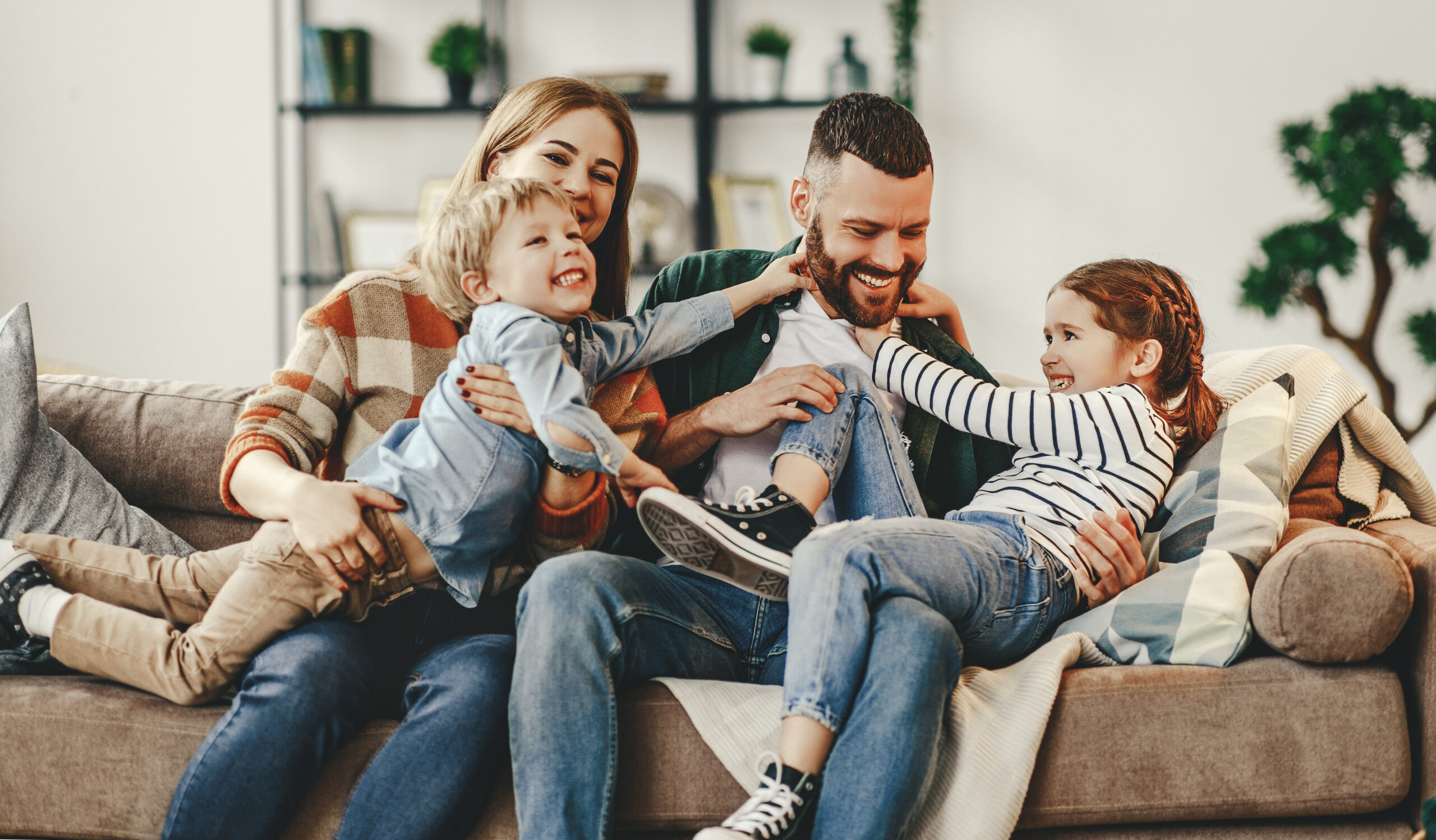
Living Room
Safety hazards in the living room are related to bookshelves, the storage of items, and potential fire risks.
-
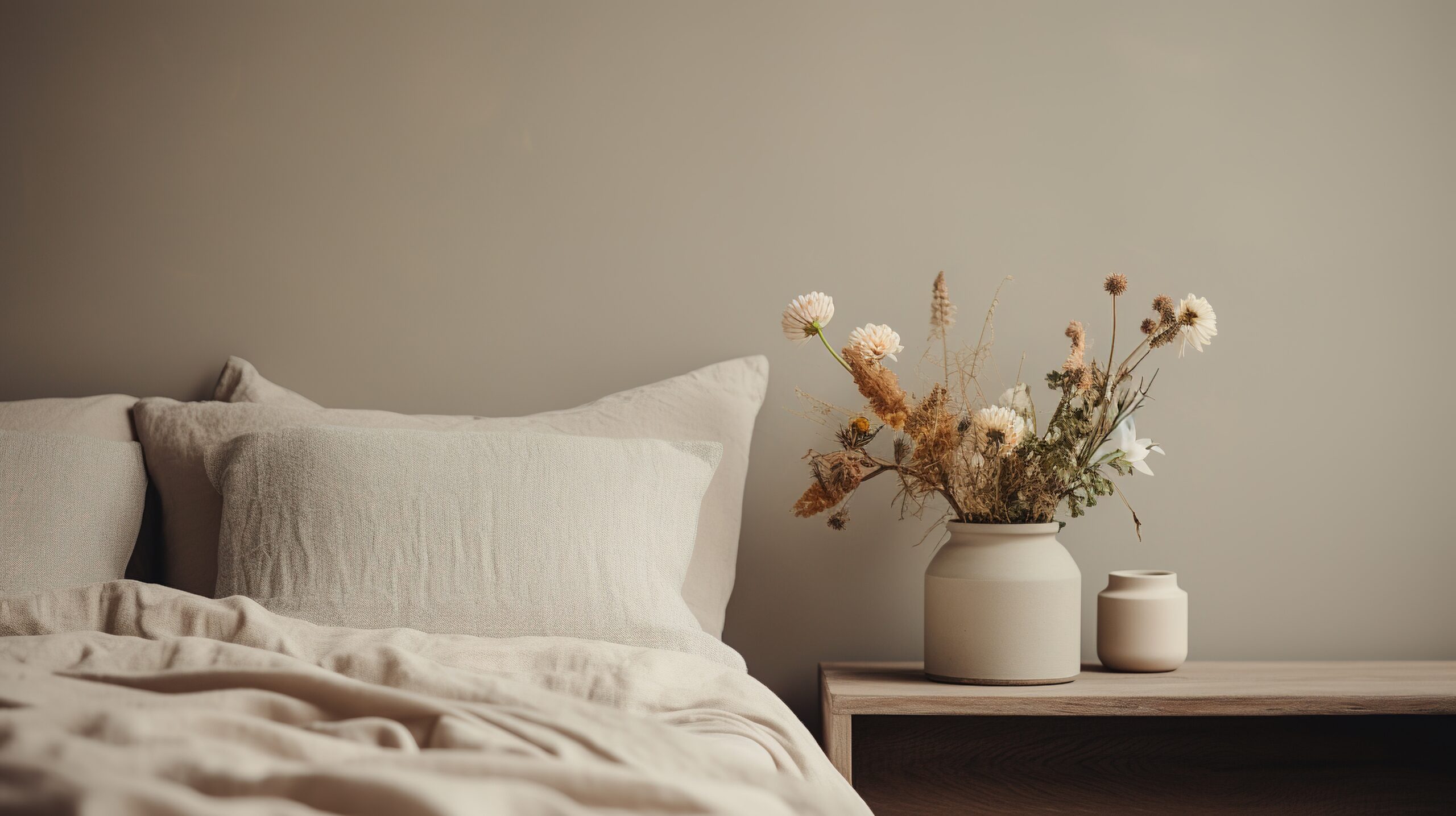
Bedroom
Safety hazards in the bedroom are related to falling from the bed, tripping in the dark, and fire risks. The bedroom floors should not be cluttered with items that could cause tripping hazards or extension cords, nor should there …
-
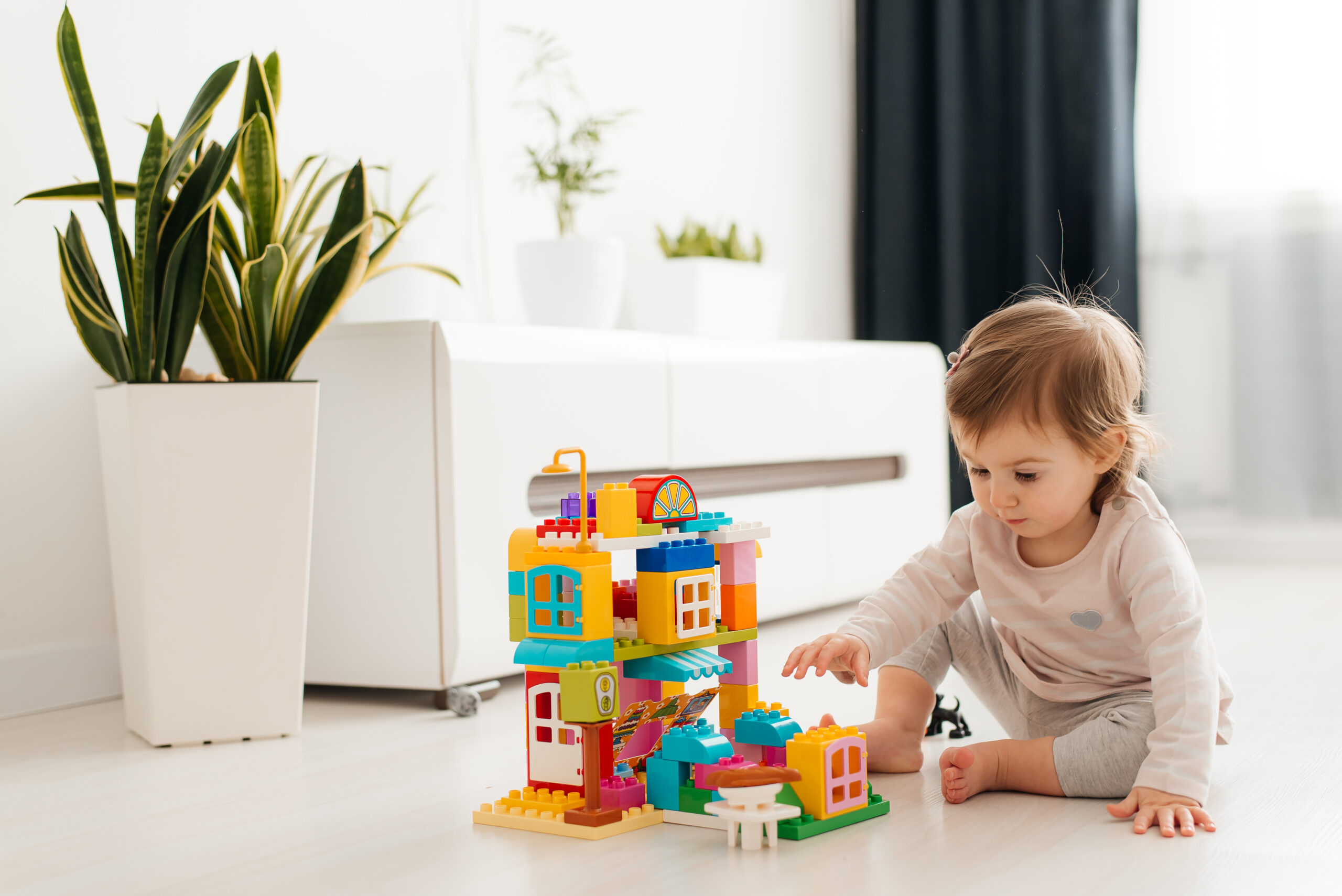
Children’s Room
In the decor of a children’s room or nursery, furniture designed especially for children is often the safest choice.
-
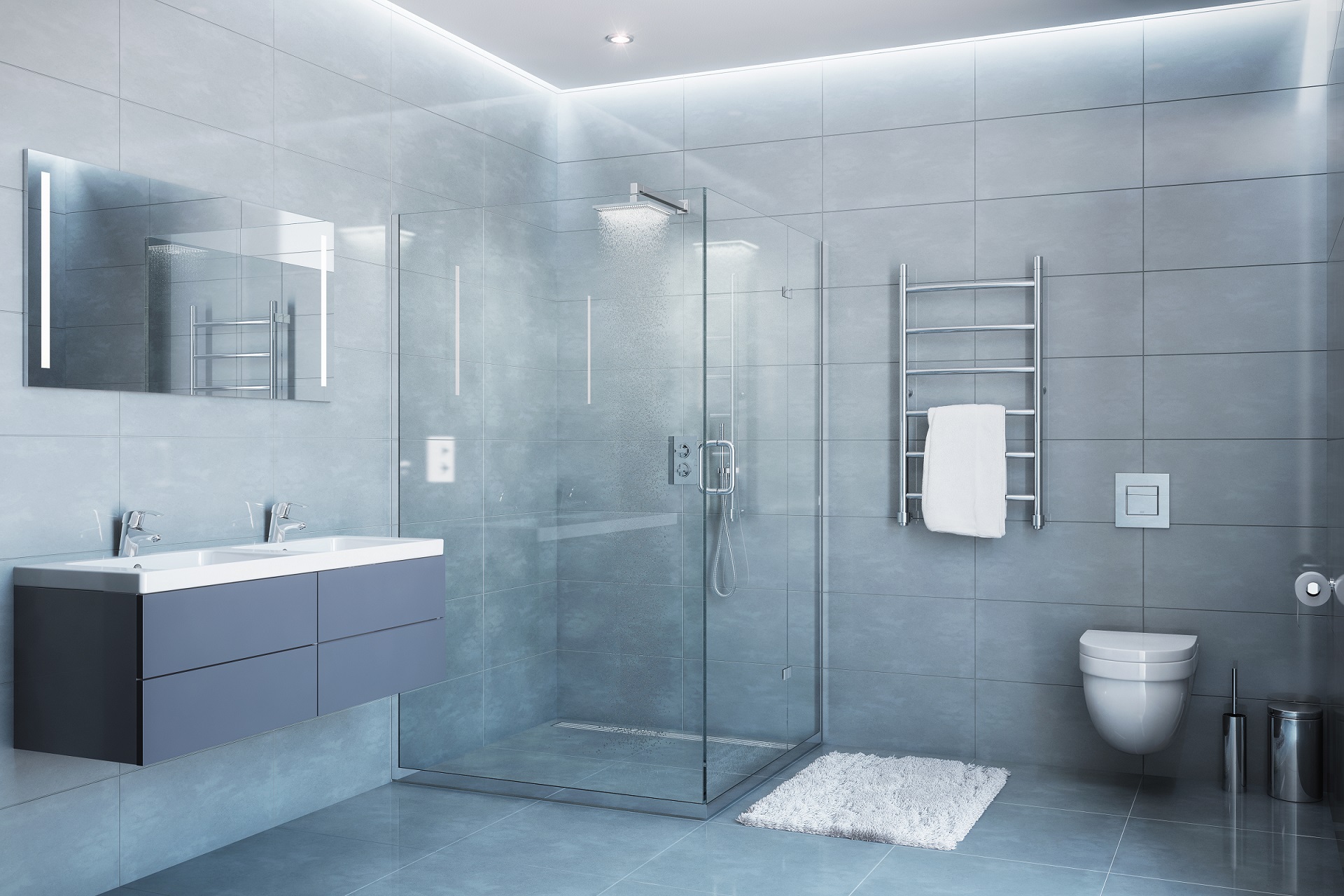
Bathroom
The greatest accident risk in the shower room involves slipping and falling. The wet floors should always be dried after showering.
-
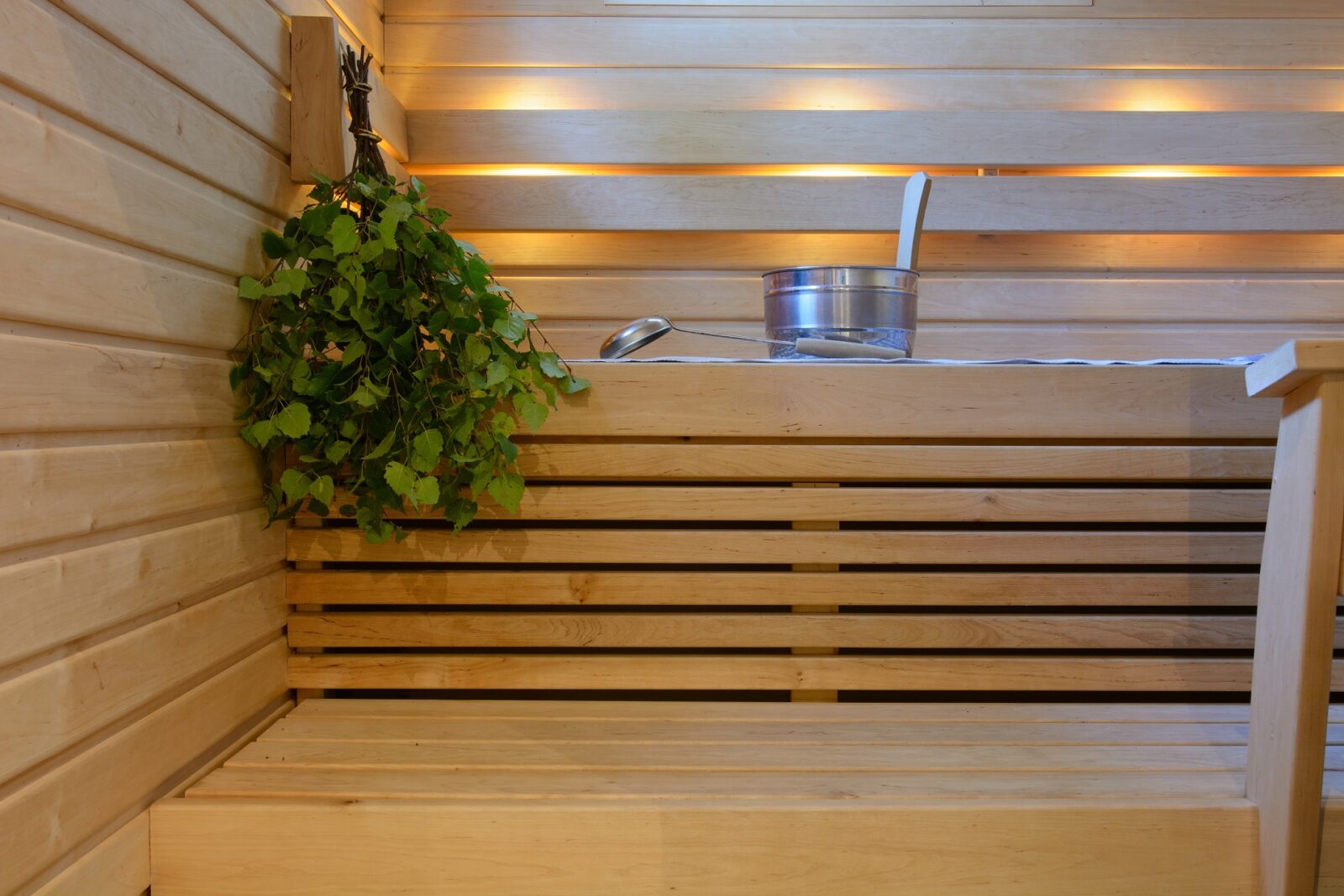
Sauna
Using intoxicants and drying laundry in the sauna are both risk factors in sauna accidents.
-
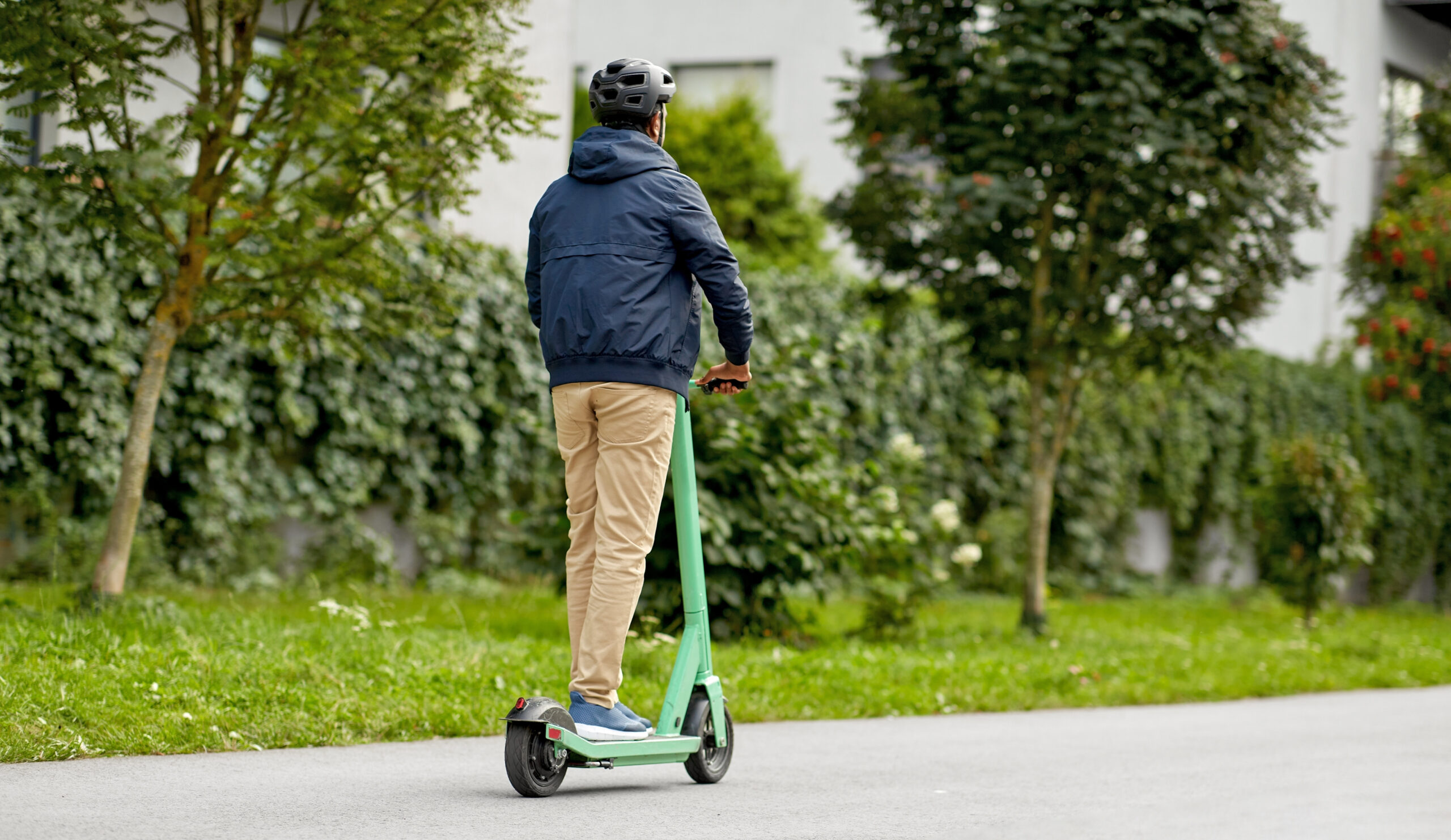
Yard
The safety of the home yard can be improved by ensuring sufficient lighting, cleanliness and winter gritting. It is important that the paths are unobstructed and there are no objects that block the emergency access roads, such as…
Can you use the information on this page?
Give Feedback
With this form you can give us feedback.
